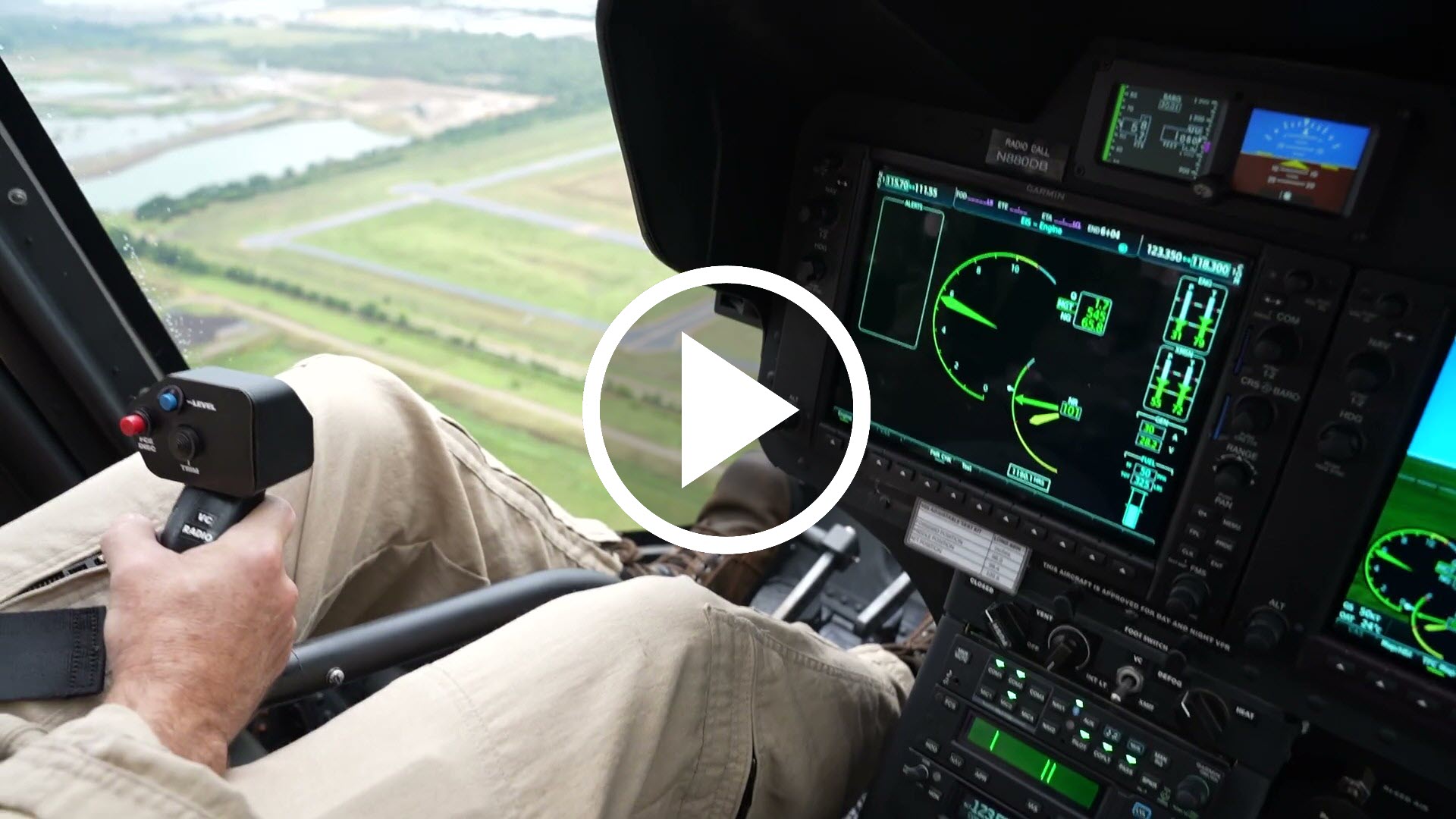World
US Army Revamps Helicopter Pilot Training for Modern Challenges

The US Army is overhauling its helicopter pilot training approach through the innovative Flight School Next program. This initiative aims to equip aviators with advanced skills and knowledge to navigate the complexities they may encounter in various operational scenarios. As the Army assesses proposals for this program, collaboration with industry experts will play a pivotal role in developing effective training methodologies.
The Flight School Next program emphasizes practical, hands-on training that goes beyond traditional classroom instruction. In a recently released video by Breaking Defense, Joseph Decapite from Bell provides insights into how helicopter pilots are being trained to manage critical flight situations, including autorotations. This technique is essential for pilots, allowing them to safely land the aircraft in the event of engine failure.
Modern Training Techniques in Focus
The Army’s reimagined training framework incorporates advanced technologies and simulations to enhance the learning experience. By leveraging immersive environments, pilots can practice their skills in realistic scenarios that mimic actual flight conditions. This shift aims to foster better decision-making and situational awareness among aviators, crucial skills for their demanding roles.
The need for such transformation arises from the evolving nature of military operations. As conflicts become more complex, the Army recognizes that conventional training methods may not adequately prepare pilots for the challenges they face in the field. By integrating industry knowledge and expertise, the Flight School Next program seeks to bridge the gap between traditional training and modern warfare requirements.
In addition to technical skills, the program focuses on instilling a strong safety culture among pilots. Emphasizing the importance of risk management and emergency protocols, the training encourages aviators to adopt a proactive approach to safety. By doing so, the Army aims to reduce accidents and enhance overall mission effectiveness.
Collaboration with Industry Leaders
The partnership with industry leaders like Bell is critical in shaping the future of helicopter training. Their expertise ensures that the curriculum reflects the latest advancements in aviation technology and adheres to best practices in pilot training. This collaboration not only benefits the Army but also enhances the overall safety and efficiency of military aviation operations.
As the Army continues to refine the Flight School Next program, it is committed to creating a training environment that prioritizes preparedness and adaptability. The integration of new training methods, along with industry insights, will help develop a new generation of helicopter pilots capable of responding to the evolving demands of military engagements.
In conclusion, the US Army’s Flight School Next program represents a significant step forward in helicopter pilot training. By embracing innovation and collaboration, the Army is not only enhancing pilot skills but also ensuring that its aviators are ready to meet the challenges of modern warfare. This evolution in training will undoubtedly have a lasting impact on the effectiveness and safety of military aviation.
-

 Science2 weeks ago
Science2 weeks agoInventor Achieves Breakthrough with 2 Billion FPS Laser Video
-

 Top Stories3 weeks ago
Top Stories3 weeks agoCharlie Sheen’s New Romance: ‘Glowing’ with Younger Partner
-

 Business3 weeks ago
Business3 weeks agoTyler Technologies Set to Reveal Q3 Earnings on October 22
-

 Entertainment3 weeks ago
Entertainment3 weeks agoDua Lipa Aces GCSE Spanish, Sparks Super Bowl Buzz with Fans
-

 Health3 weeks ago
Health3 weeks agoCommunity Unites for 7th Annual Into the Light Walk for Mental Health
-

 World3 weeks ago
World3 weeks agoR&B Icon D’Angelo Dies at 51, Leaving Lasting Legacy
-

 Health3 weeks ago
Health3 weeks agoCurium Group, PeptiDream, and PDRadiopharma Launch Key Cancer Trial
-

 Entertainment3 weeks ago
Entertainment3 weeks agoRed Sox’s Bregman to Become Free Agent; Tigers Commit to Skubal
-

 Entertainment3 weeks ago
Entertainment3 weeks agoMother Fights to Reunite with Children After Kidnapping in New Drama
-

 Health3 weeks ago
Health3 weeks agoNorth Carolina’s Biotech Boom: Billions in New Investments
-

 Science3 weeks ago
Science3 weeks agoNorth Carolina’s Biotech Boom: Billions Invested in Manufacturing
-

 Top Stories3 weeks ago
Top Stories3 weeks agoDisney+ Launches Chilling Classic ‘Something Wicked’ Just in Time for October









